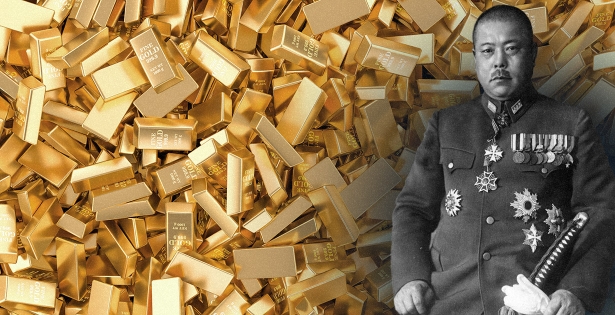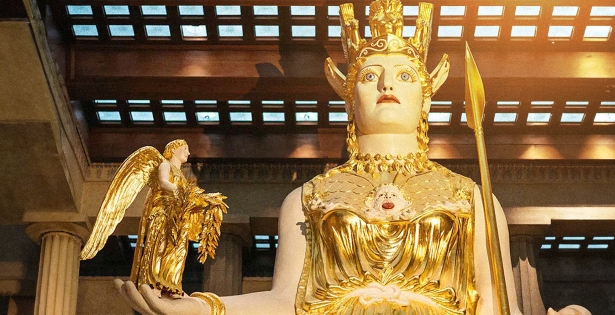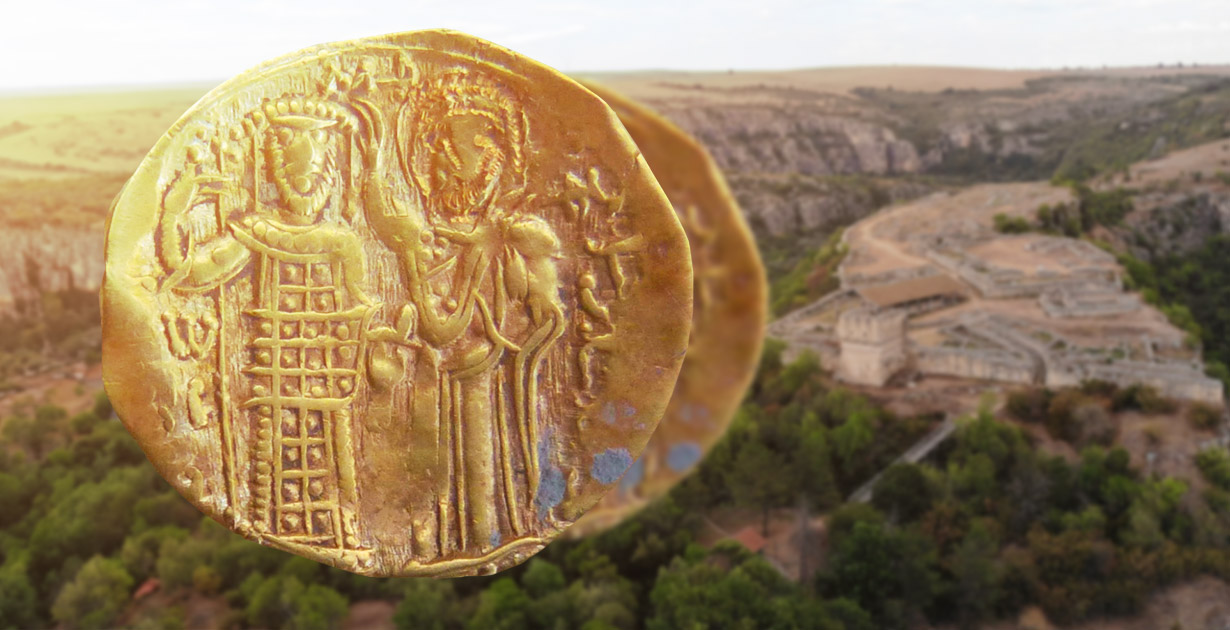
Mysteries of the past: a gold coin from the Cherven fortress
Average reading time: 3 minutes
Wealth, power, mysteries of the past. Such associations are evoked by a recent archaeologists’ find in the village of Cherven, located on the banks of the Danube River in Bulgaria. Here, on the site of an ancient fortress, researchers have discovered various artifacts, including a gold coin from the 13th century.
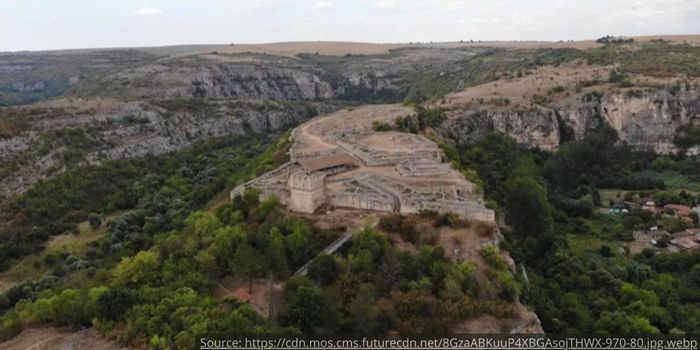 Photo caption: аncient Cherven fortress.
Photo caption: аncient Cherven fortress.
The coin depicts the figures of two people, one of whom is dressed in a traditional Byzantine imperial costume. Archaeologists suggest that the found coin could have been minted during the reign of Emperor John III Doukas Vatatzes, whose reign spanned from 1222 to 1254.
However, there is another version: the excavation supervisor Svetlana Velikova stated that such coins could have been minted in the Latin Empire.
The Latin Empire was founded by the Crusaders after the capture of Constantinople in 1204. According to Velikova, the rulers of this empire probably minted copies of Byzantine coins until 1261, when Constantinople again came under the Byzantine control.
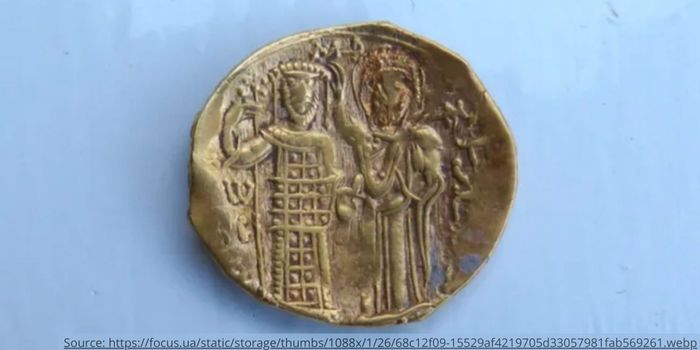 Photo caption: the discovered gold coin.
Photo caption: the discovered gold coin.
It is interesting that the weight of the discovered coin is slightly less than the standard adopted at that time — about three quarters. This indicates that it could have been made in the 14th century, when the political and economic situation forced the rulers to order a reduction in the weight of the minted gold coins.
Based on the characteristics of the coin and the place of its discovery, Velikova suggests that it could have been minted shortly after the Ottoman conquest of Cherven in 1388. Excavations that began here more than a hundred years ago have shown that Cherven was an important city during the Second Bulgarian Kingdom, which existed from 1185 to 1396.
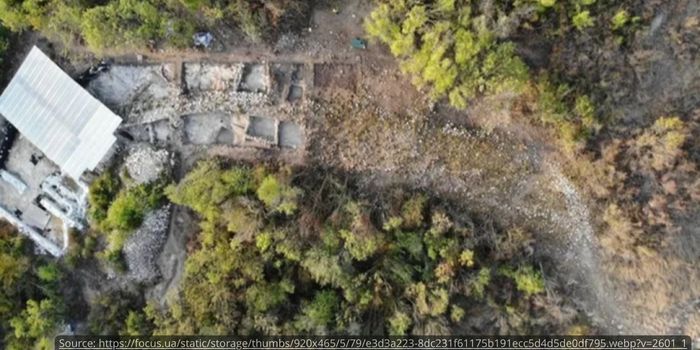 Photo caption: the place where the gold coin was found.
Photo caption: the place where the gold coin was found.
Interesting fact: the find calls into question previous ideas about life in Cherven, because it was previously believed that the western part of the city was inhabited mainly by poor people. But the found artifacts: arrowheads, jewelry, expensive pottery and, of course, the gold coin, indicate a certain level of wealth of the local residents of those times.
So what is hidden behind this artifact? The found gold coin is not just a monetary unit. It is a fragment of a historical mosaic that tells how, at the turn of eras, gold connected ancient empires, their political ambitions and cultural achievements. Thus, the found ancient artifact is a kind of window into the past, which allows us to see the traces of people who lived many centuries ago.
By the way, if you are interested in learning more about the role of gold in different times — read our article about the Golden ring of the Merovingian age found in Denmark, which sheds light on the secrets of the political unions of that time.

